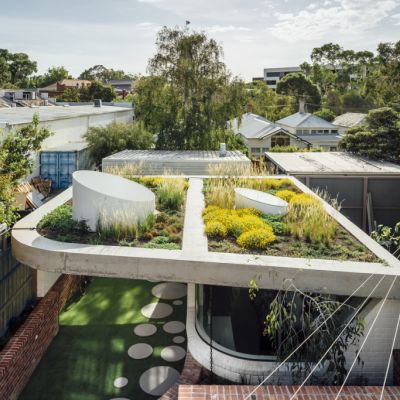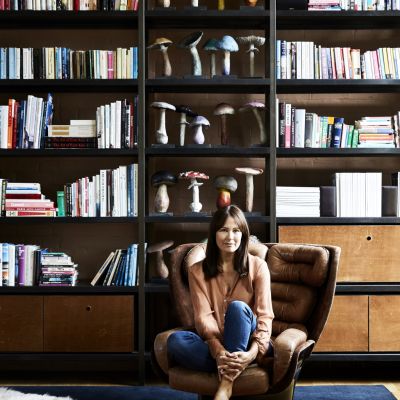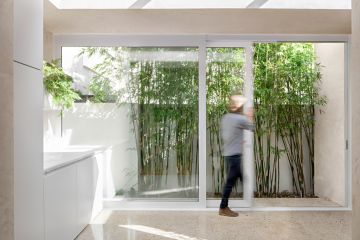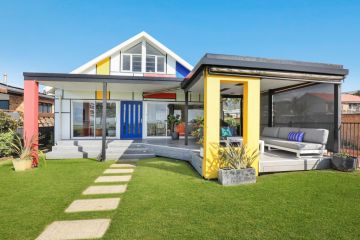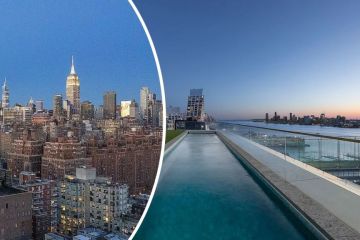'Unexpected, lively, playful': Winners of the 33rd Dulux Colour Awards

The Dulux Colour Awards revealed its picks of Australasia’s premier projects in design and architecture at the National Gallery of Victoria last night.
Winners in six categories across commercial and residential spaces were selected, and the entries were lauded for their forward-thinking, ambitious and inventive use of colour.
“Architects and designers have really set a precedent with their masterful employment of colour to create unexpected, lively, playful and refined interior and exterior spaces,” says Dulux’s colour planning and communications manager, Andrea Lucena-Orr.

Now in its 33rd year, The Dulux Colour Awards were selected by a jury consisting of leading Australian designers Carole Whiting and Mardi Doherty, Rosa Coy of Coy Yiontis Architects, Matt Gibson, Director of Matt Gibson Architecture + Design, and Simon Farrell-Green, Editor of HOME New Zealand.
This year the panel scoured record-breaking 430-plus entries for the most creative and innovative, and were impressed with the high level of sophistication and spirit, from historically-inspired palettes to using colour as a tool to define spaces and provoke emotion.
“These outstanding projects epitomise the value of our awards program, which recognises the most creative and innovative use of colour in the built environment,” Lucena-Orr says.
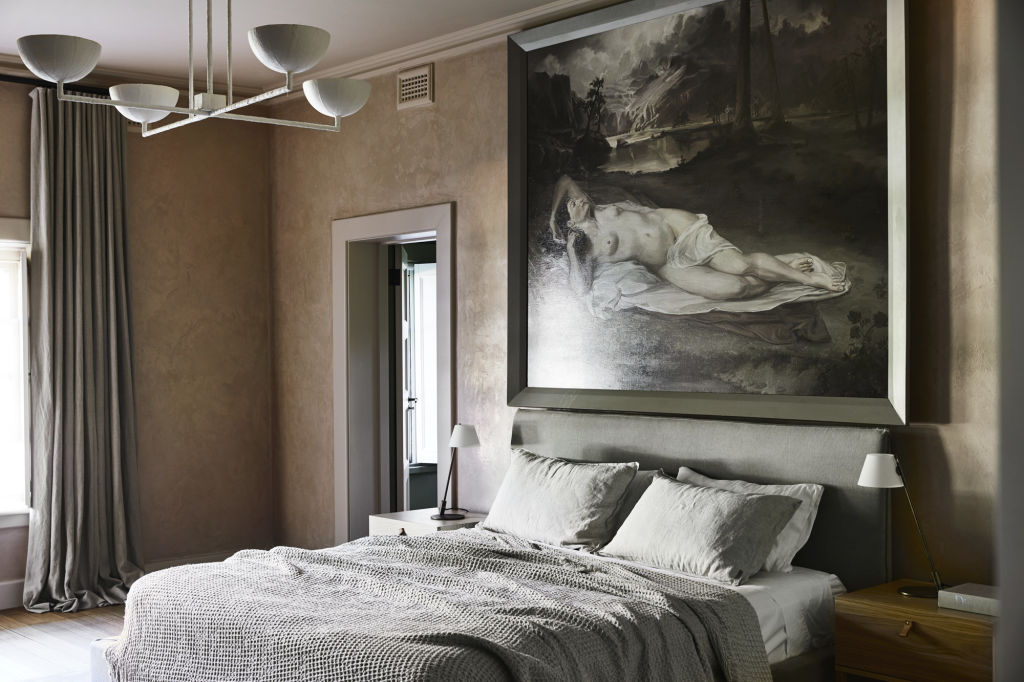
The top honour for Residential Interior was awarded to Kennedy Nolan for their work on timeless and understated Caroline House. “Classic black and white with a punch of colour is eternally effective, and its articulation in this home is especially inspiring,” says Whiting.
Also recognised in the category was John Wardle Architects’ work on Captain Kelly’s Cottage in Tasmania. Their considered approach included not only new paint but also the removal of the historic cottage’s original colour.
“(The removal of colour) to retain the original surface of the cottage and preserve its history is so impressive,” says Whiting. “The use of green in the bedrooms is neither stark nor overbearing, and the matching of original colours is respectful and appropriate.”
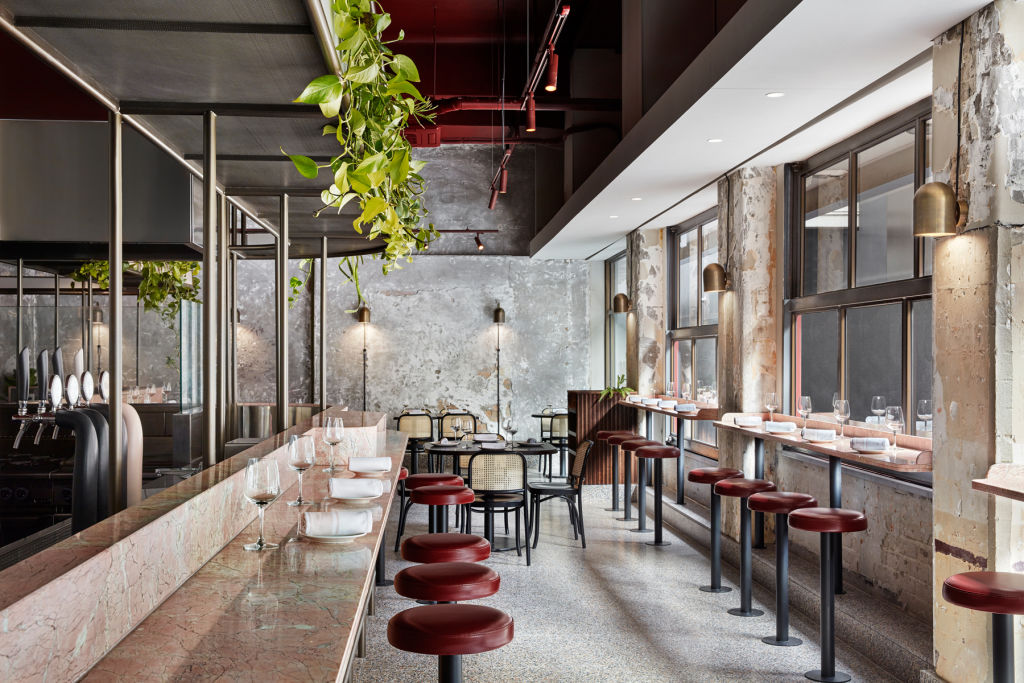
Also lauded was Flack Studio for their work on Elmore Homestead in Victoria. The judges commended them for their “courageous use of colour” and for creating “unexpected moments” through colour that helped define both formal and informal zones as well as provide a fitting space for the owners’ contemporary art and sculpture collection.
Leading design practice Studio Gorman took out Single Residential Exterior for their Alma Residence project that featured soft blues and linseed against the historical home’s red brick facade.
“From the fabulous front door to the charming extension, the use of many and varied colours in this residence is sophisticated and refined,” says Doherty. “Anything but conservative, the subtle palette is full of surprising layers and complexity. Overall, the quirky combinations create an understated drama and cohesive take on contemporary Victoriana.”
Full list of winners:
Grand Prix winner: Giraffe Learning Centre (NSW) by Supercontext Architecture Studio.
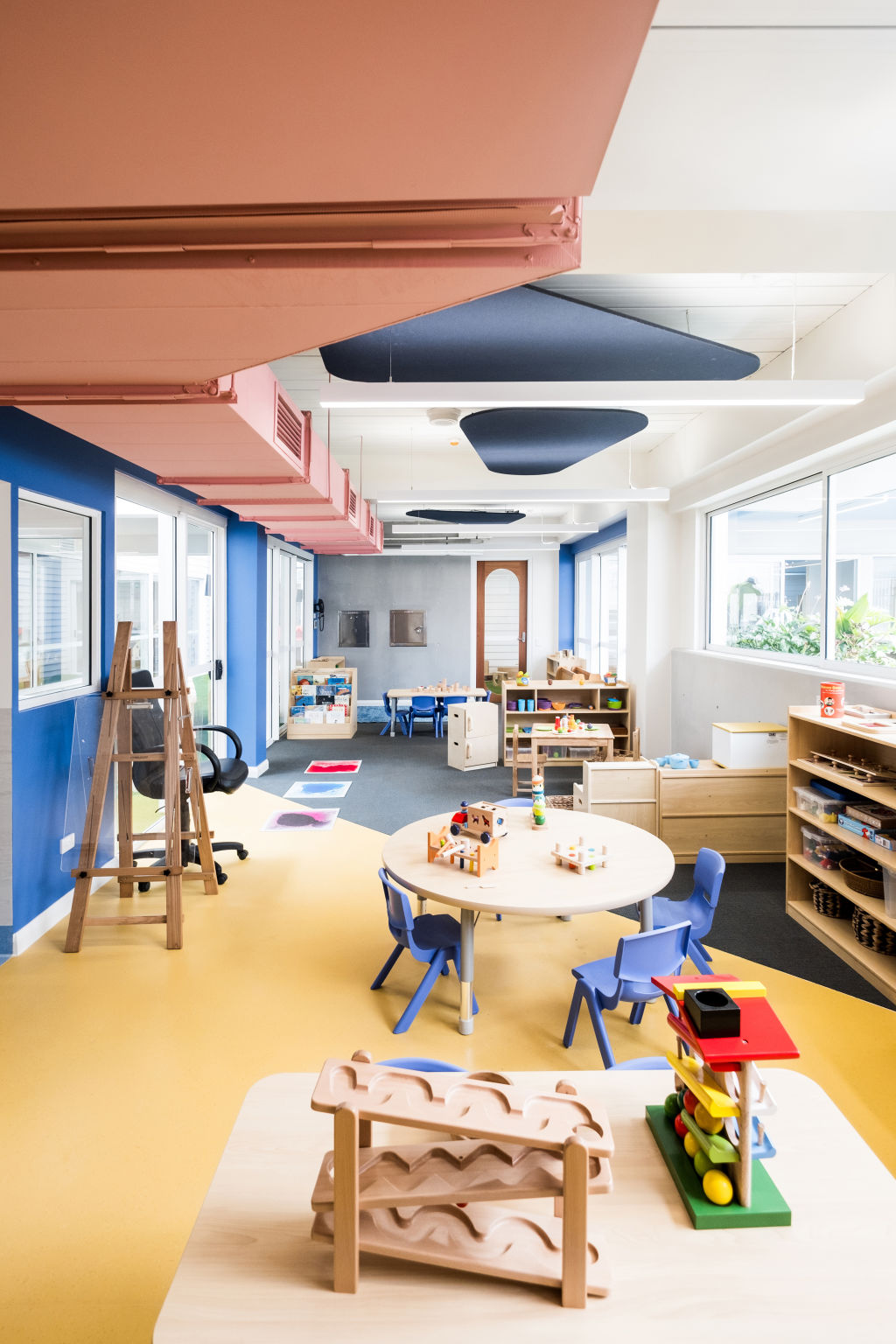
Commercial interior – Workplace and retail
Winner: Giraffe Learning Centre (NSW) by Supercontext Architecture Studio
Commendation: The UNSW Bookshop (NSW) by SJB.
Commercial interior – Public and hospitality
Winner: Sable Drop (VIC) by Jackson Clements Burrows Architects
Commendation: Pentolina (VIC) by Biasol
Commendation: Curtin Think Space (WA) by Arcadia Design Studio.
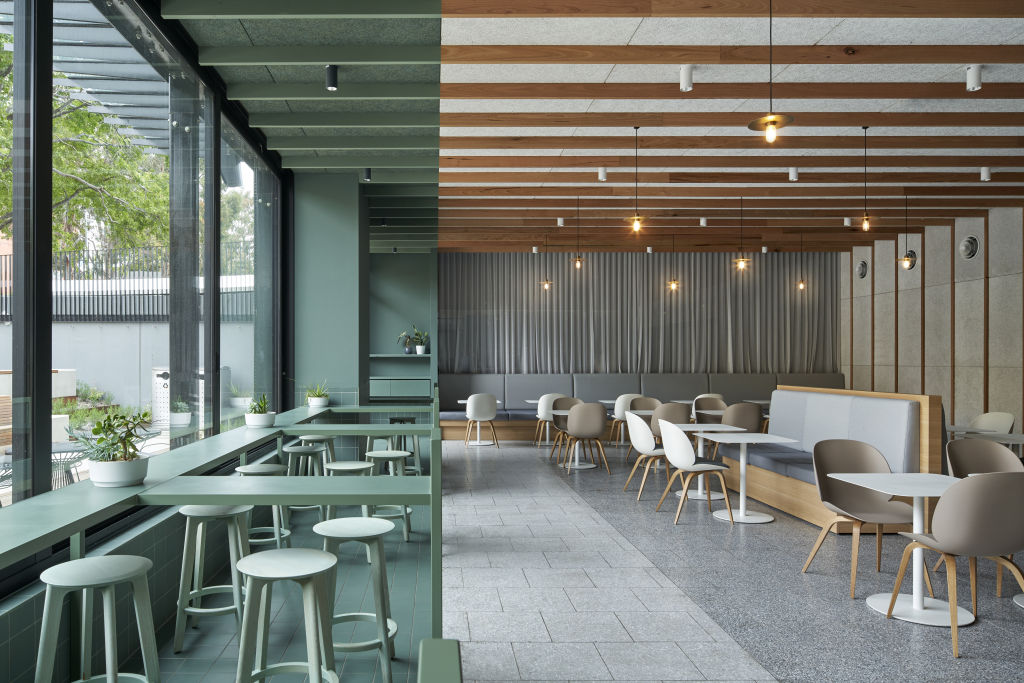
Commercial and multi-residential exterior:
Winner: Flinders Street External Works (VIC) by Lovell Chen.
Commendation: Walan (QLD) by Bureau Proberts.
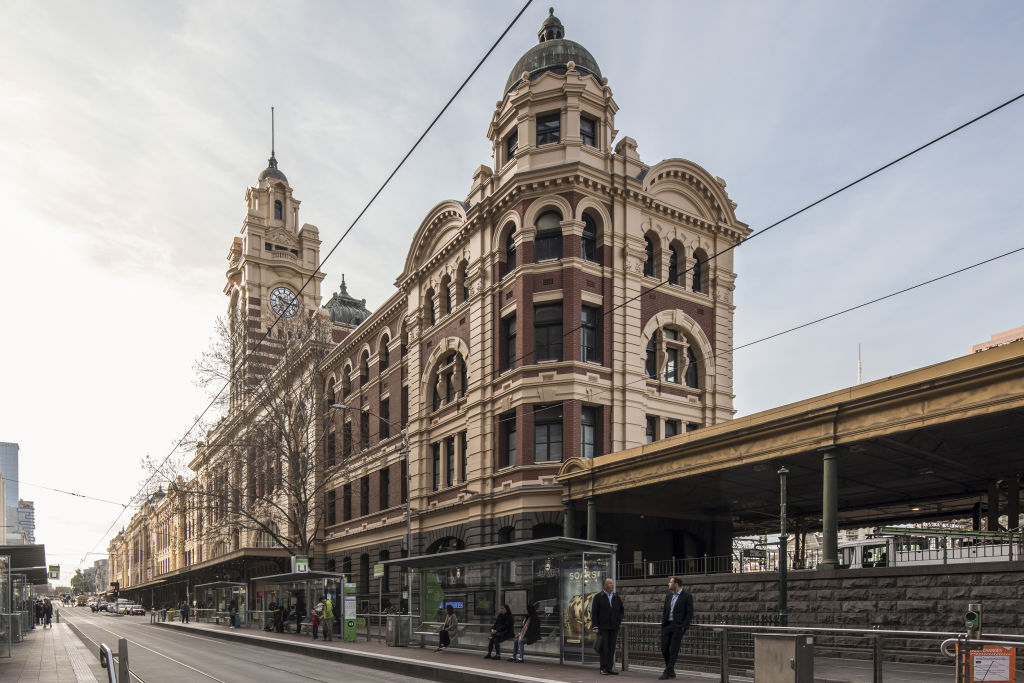
Single residential interior
Winner: Caroline House (VIC) by Kennedy Nolan.
Commendation: Elmore Homestead (VIC) by Flack Studio
Commendation: Captain Kelly’s Cottage (TAS) by John Wardle Architects.
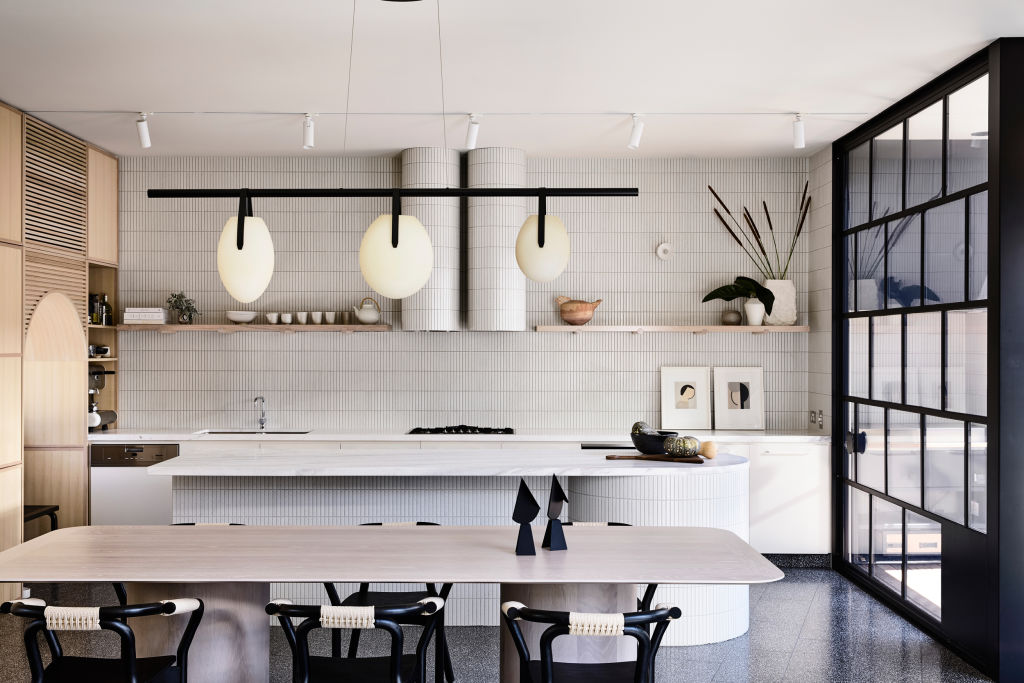
Single residential exterior
Winner: Alma Residence (NSW) by Studio Gorman.
Commendation: The Bank (VIC) by Maria Danos Architecture.
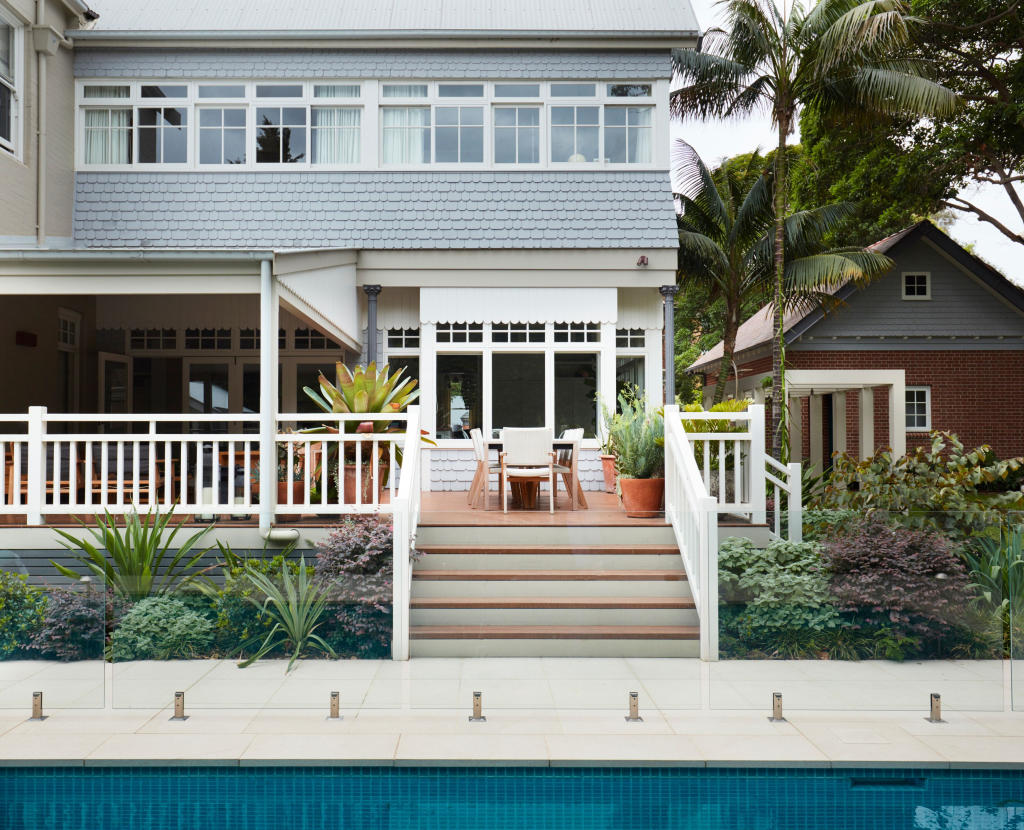
NZ Grand Prix
Winner: Wains Hotel Dunedin (NZ) by Yellow6 Architect and Design Studio.
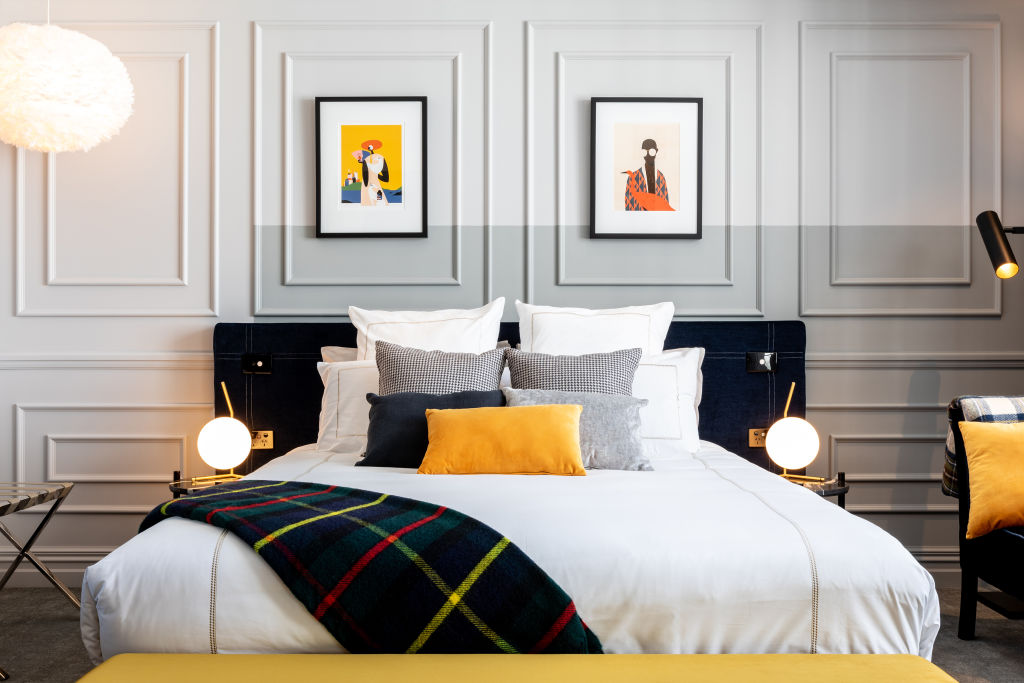
Student award
Winner: Reimagining Rail (VIC) by Diana Ong, The University of Melbourne.
Commendation: The Performance Terrain Theatre (NZ) by Lauren Gibbs, Auckland University of Technology.
Commendation: The Commons (NZ) by Abbey Hale, Auckland University of Technology.
We recommend
We thought you might like
States
Capital Cities
Capital Cities - Rentals
Popular Areas
Allhomes
More

